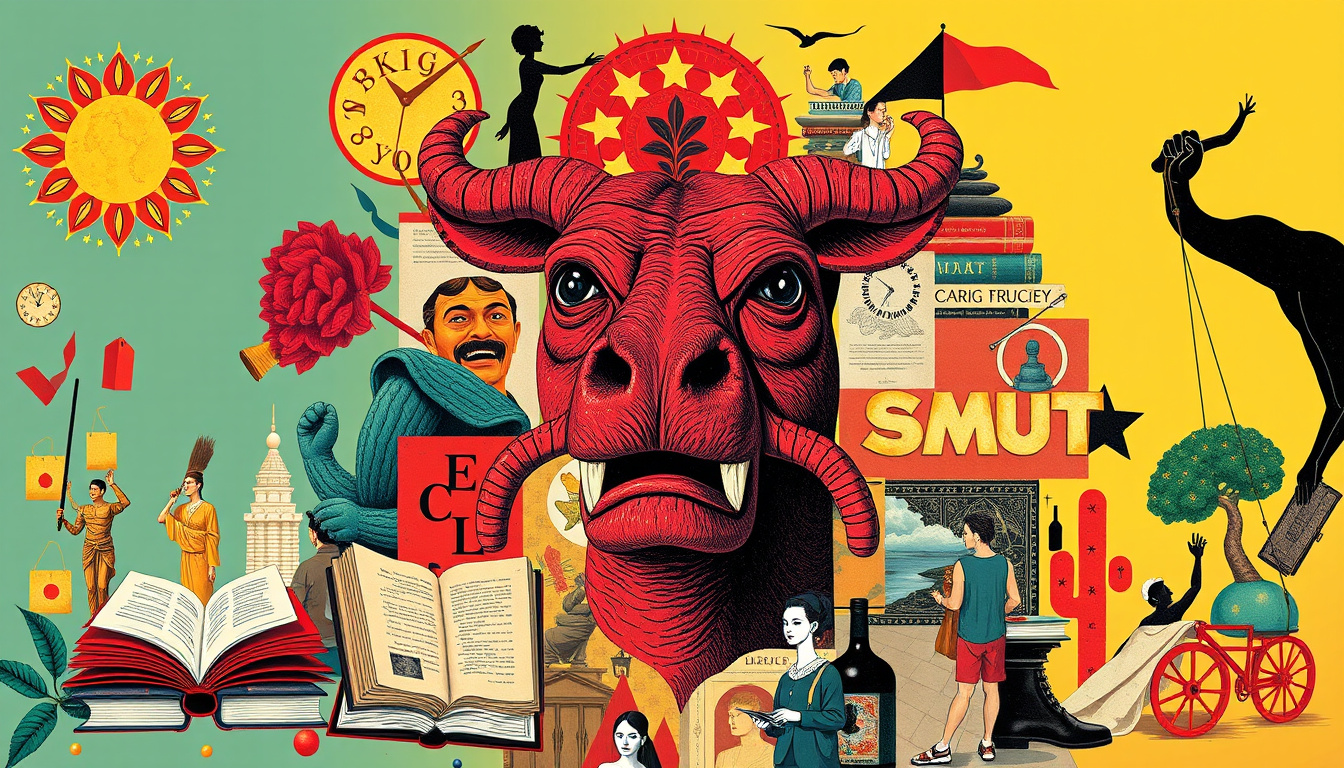Physical Address
304 North Cardinal St.
Dorchester Center, MA 02124
Physical Address
304 North Cardinal St.
Dorchester Center, MA 02124

Understanding language is a multifaceted journey, and one term that often sparks curiosity and debate is "smut." This article seeks to define smut, explore its various usages in contemporary language, and examine its cultural implications.
At its core, "smut" refers to explicit or obscene content, specifically relating to sexual themes. According to the Oxford English Dictionary, the term can denote anything from vulgar literature to sexually explicit images. While its roots can be traced back to Middle English, where it originally meant "dirt" or "filth," its connotations have evolved over the centuries to encompass moral and sexual obscenity.

The societal perception of smut varies greatly across different cultures and contexts. In some communities, smut represents sexual liberation and expression, while in others, it may be viewed as taboo or offensive. This dichotomy highlights the importance of context when discussing or engaging with smut.
The meaning of smut extends far beyond a simple definition; it encapsulates complex themes of morality, culture, and personal expression. As conversations regarding sex, consent, and freedom of expression continue to develop, so too does the language surrounding smut. Understanding its various definitions and implications allows individuals to engage more thoughtfully in discussions about sexuality, literature, and art in contemporary society. Whether one views smut as a form of liberation or as something to be approached with caution, its presence in our lexicon is undeniable—and worthy of exploration.
If you enjoyed this post and you’re craving more stories that sizzle, check out my books at Arizona-Jewel. From slow burns to explosive encounters, there’s a story waiting to sweep you away.